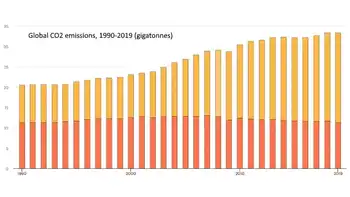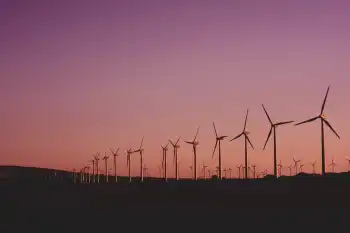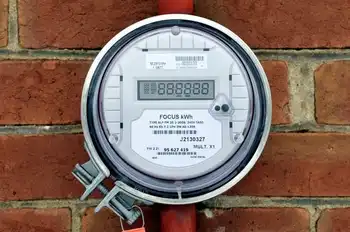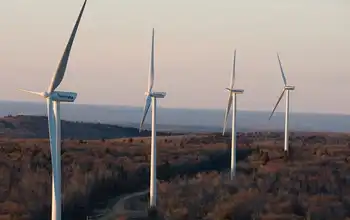Indonesia eyes solar, microhydro power plants
By Xinhua News
Substation Relay Protection Training
Our customized live online or in‑person group training can be delivered to your staff at your location.

- Live Online
- 12 hours Instructor-led
- Group Training Available
The government will build 15,000 household solar power units, each with a capacity of 100 watts, the Ministry of Energy and Mineral Resources' Director General of Electricity and Energy Yogo Pratomo was quoted recently as saying.
"We hope the (small-scale) power units will meet electricity demand in remote areas in eastern Indonesia," he said.
Each of the solar cell units will cost between 5 million rupiah (500 US dollars) and 6 million rupiah in construction.
"However, they won't use any fuel except sunlight so there is no extra expense," said Yogo.
Aside from utilizing sunlight, the government also plans to build 200 microhydro power plants with a capacity of between 50 kilowatts (kW) and 500 kW each. Investment needed for every kW is estimated at 20 million rupiah (2,000 dollars).
The development of power capacity in the country has been hampered due to a lack of funds since the monetary crisis severely hit the country in 1997, despite the steadily rising demand.
State-run electricity company PLN is focusing its expansion on Java - where more than half of the country's population live and an estimated 70 percent of the country's economic activity is located - Bali and Sumatra. The company has allocated just 17 percent of its projects for other islands.
The latest data from the World Bank shows that the electrification ratio in Java reaches 72 percent, while that in Maluku is limited to 50 percent. Only one in five people enjoys the luxury of electricity in natural resource-rich Papua, Indonesia's least-developed province.
Despite massive potential, power plants using renewable energy sources contribute only a small portion of the country's total installed power capacity of about 25,000 megawatts (MW).
The installed capacity of mini and micro hydropower plants is only 54 MW, while those utilizing geothermal and biomass energy have installed capacity of 800 MW and 302 MW, respectively.
The government aims to raise the use of new and renewable energy sources in power generation from 0.2 percent currently to 4 percent by 2020.











